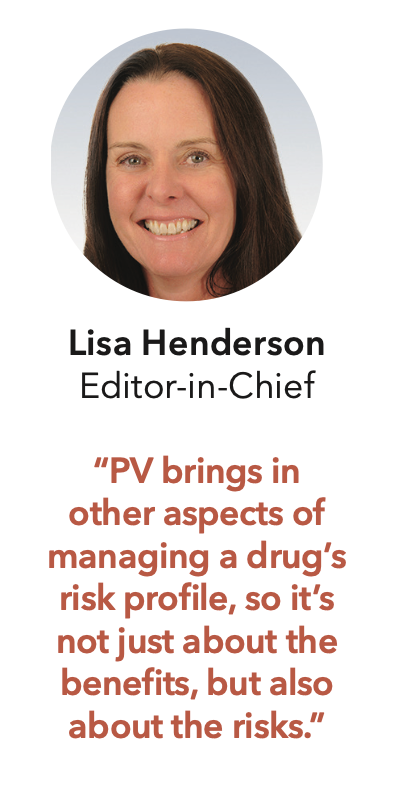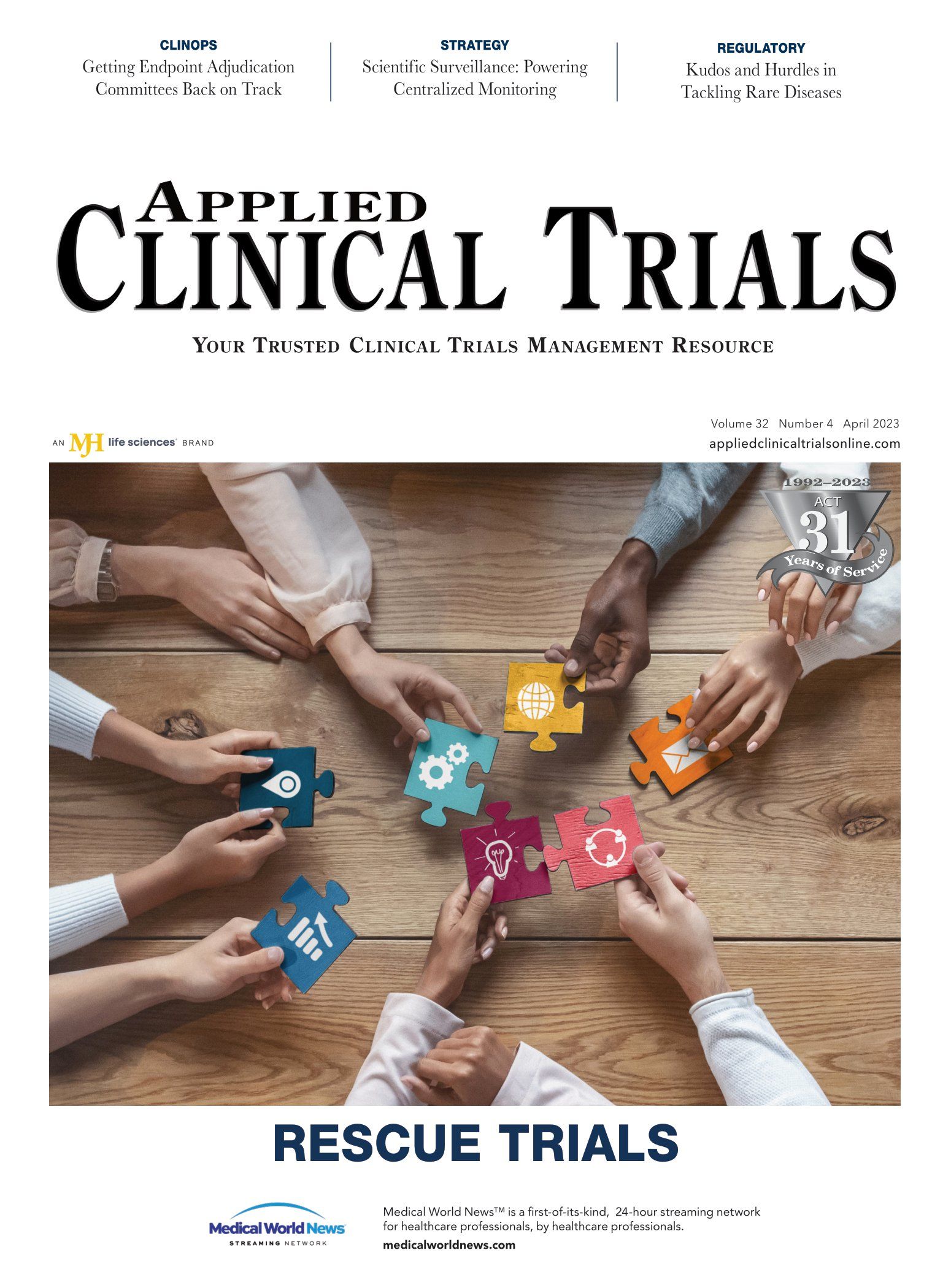Pharmacovigilance vs. Drug Safety
Identifying key differences between PV and drug safety.

Often the question, “what is the difference between pharmacovigilance and drug safety?” comes up around both our Pharmaceutical Executive and Applied Clinical Trials content. Here, I offer a comparison definition taken from a slide deck from our friends at PhysIQ:
Pharmacovigilance is the science and activities relating to the detection, assessment, understanding, and prevention of adverse effects or any other medicine/vaccine related problem. It is proactive, and focused on signal interpretation.
Drug safety refers to the frequency of adverse drug effects (ie., physical or laboratory toxicity that could possibly be related to the drug) that are treatment-emergent. That is, they emerge during treatment and were not present before it, or they become worse during treatment compared with the pre-treatment state. It is reactive and focused on compliance reporting.
In this recent Applied Clinical Trials podcast, Beth MacEntee Pileggi, head of global case and safety data management with Janssen Pharmaceuticals, and co-lead of TransCelerate BioPharma’s Pharmacovigilance Agreements Optimization Initiative, explained that 20 to 30 years ago, the role was called drug safety. But the therapeutic landscape has changed drastically; increasing regulatory requirements and new novel medicinal products—and not just the compounds, but also with delivery systems and multiple combination products.
“All of this adds layers of complexity,” said Pileggi. “Pharmacovigilance brings in other aspects of managing a drug’s risk profile, so it’s not just about the benefits, but also about the risks.”
Drug safety in clinical trials, however, remains its own regulatory segment, though both clinical and commercial teams may work together, depending on the pharma company.
At the same time, there is a computing/analytics movement within the PV space to create opportunities within the actual PV function or externally. For example, Pileggi notes that internally is a better way to receive, process, manage, evaluate, and monitor the multitude of incoming PV data to evaluate and aggregate insights.
Externally, many are looking at the trove of PV data to inform real-world evidence, clinical trial design, drug discovery, and improve clinical care or interventions of same, plus many more. Drug safety is not just a regulatory obligation; it now has the potential to change the world of therapeutics and clinical care for more positive patient outcomes.

Unifying Industry to Better Understand GCP Guidance
May 7th 2025In this episode of the Applied Clinical Trials Podcast, David Nickerson, head of clinical quality management at EMD Serono; and Arlene Lee, director of product management, data quality & risk management solutions at Medidata, discuss the newest ICH E6(R3) GCP guidelines as well as how TransCelerate and ACRO have partnered to help stakeholders better acclimate to these guidelines.
Gilead Shares Final Data from Phase III MYR301 Trial of Bulevirtide in Chronic Hepatitis Delta Virus
May 7th 2025Long-term results from the study show 90% of patients with chronic HDV who achieved undetectable HDV RNA at 96 weeks of treatment remained undetectable for nearly 2 years post-treatment.